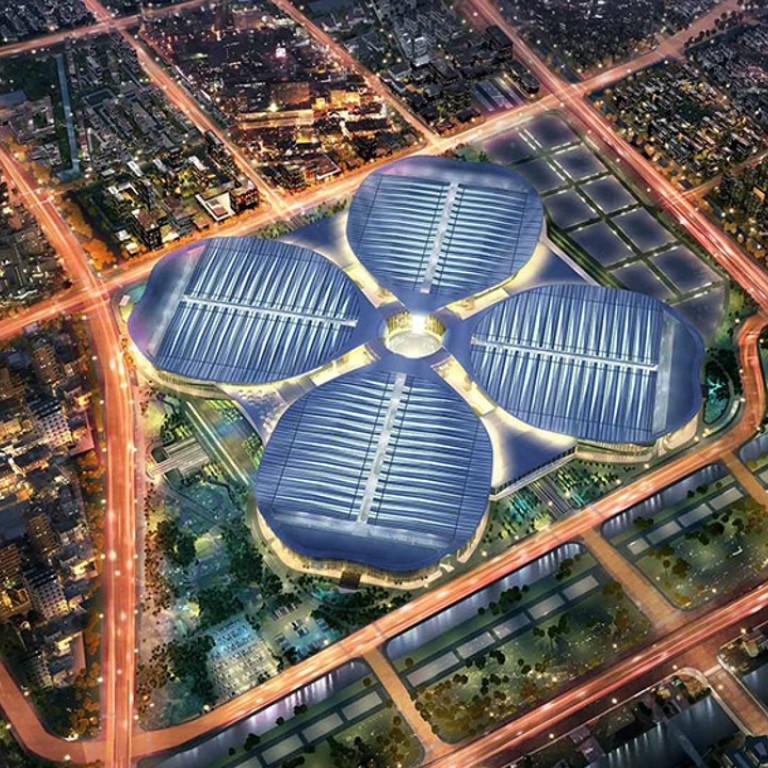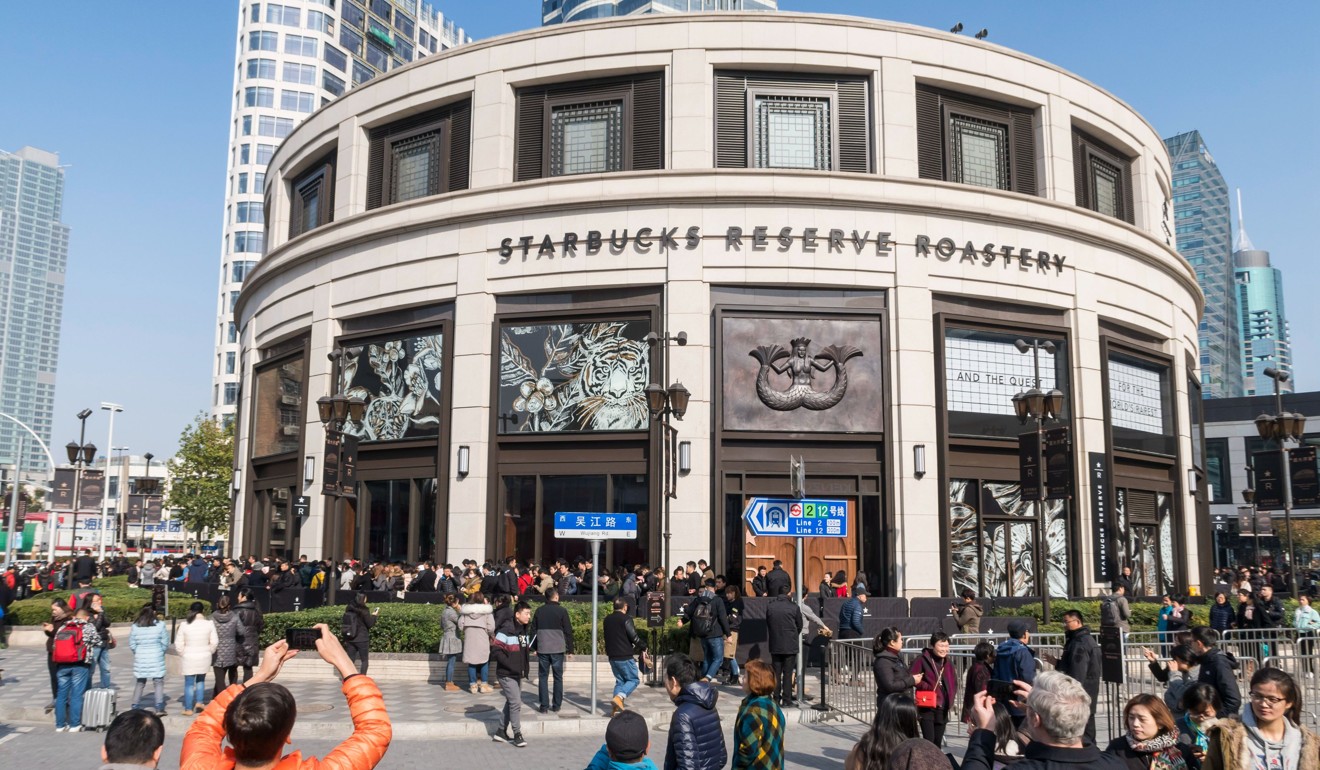
How to woo 1.4 billion Chinese consumers, who are not just crazy rich but also more educated now
David Liao says Chinese consumers are becoming more sophisticated, and now have a taste for avocado, coffee and electric cars. As China switches to growth based on consumption, there are great opportunities for businesses everywhere
Consumer tastes change quickly in China. Seven years ago, the country imported only about 30 tonnes of avocados, with the Central American fruit an exotic ingredient rarely appearing on Chinese dining tables.
As rising protectionism and trade tensions create growing unease for businesses around the world, there is no better time for international companies to take a fresh look at these new consumers and their potential to drive demand for goods from half a world away.

There’s little doubt about the importance of China as a target market for global businesses. According to official estimates, the country is set to import US$8 trillion worth of goods in five years, from 2018 to 2022. That’s an average of US$1.6 trillion a year – roughly the GDP of Canada or South Korea last year.
HSBC’s annual Navigator report has predicted the value of China’s goods imports to grow at about an average of 8 per cent a year between 2017 and 2030, reflecting both demand for intermediate goods for processing and final goods to satisfy China’s increasingly wealthy population.
China is evolving from growth based on exports and state-led investments, and increasingly encouraging its 1.4 billion people to consume. Slowly but surely, the old model of “Made in China” goods heading to markets around the world is shifting to one where China is itself becoming a destination for products made elsewhere.
They are drawn by a buying power that has exploded in the 40 years since Beijing enacted economic reforms and opened up the country to foreign investors. In 2017, the per capita disposable income of urban dwellers was 36,396 yuan (US$5,300) – over 100 times more than in 1978. Rural household incomes, too, have soared.
And Chinese consumers have not just become richer. They are also increasingly health- and environment-conscious, and are more discerning about the brand and the quality of what they buy, according to a McKinsey report.
Companies are taking note – and avocados are leading the way.

Starbucks expects China, with its growing legions of coffee drinkers, to overtake the US as the top market, while Tesla is focusing on Chinese drivers, who are forecast to account for about half of the world’s electric vehicle sales by 2025.
Then there is the e-commerce phenomenon, which has broadened the base of consumption. Operators such as Alibaba and JD.com are helping to bring global goods from wealthy coastal regions to smaller inland cities and towns. Nowadays, even parents in remote rural areas can buy branded milk powder and diapers for their babies, thanks to far-flung goods depots, and delivery by tricycle – or drone.
To be sure, selling to a vast, complex and rapidly evolving market like China is not without challenges.
As the economy matures, incomes aren’t rising as fast as they once did. And today’s trade tensions naturally affect business and consumer confidence.

But none of this should obscure the enormous long-term potential that China’s 1.4 billion shoppers represent to exporters from around the world. From the millennial brunching in a Shanghai cafe to the parent waiting for diapers in a Hunan village, Chinese consumers are becoming ever more affluent and discriminating.
Now more than ever, they represent an essential market for businesses everywhere. This is why exporters from around the world will be in Shanghai in November – and why all companies with international ambitions should visit China soon.
David Liao is president and CEO of HSBC China

